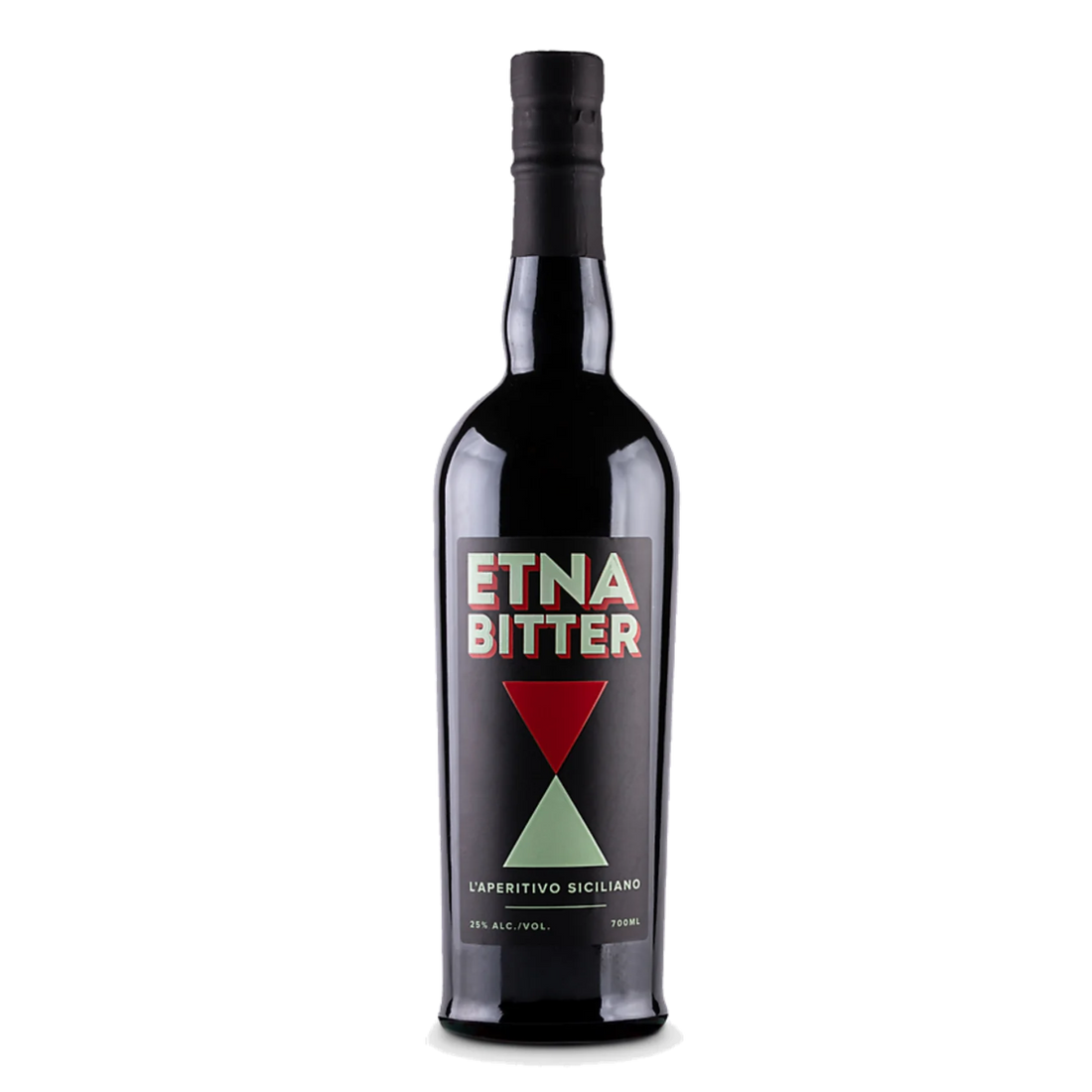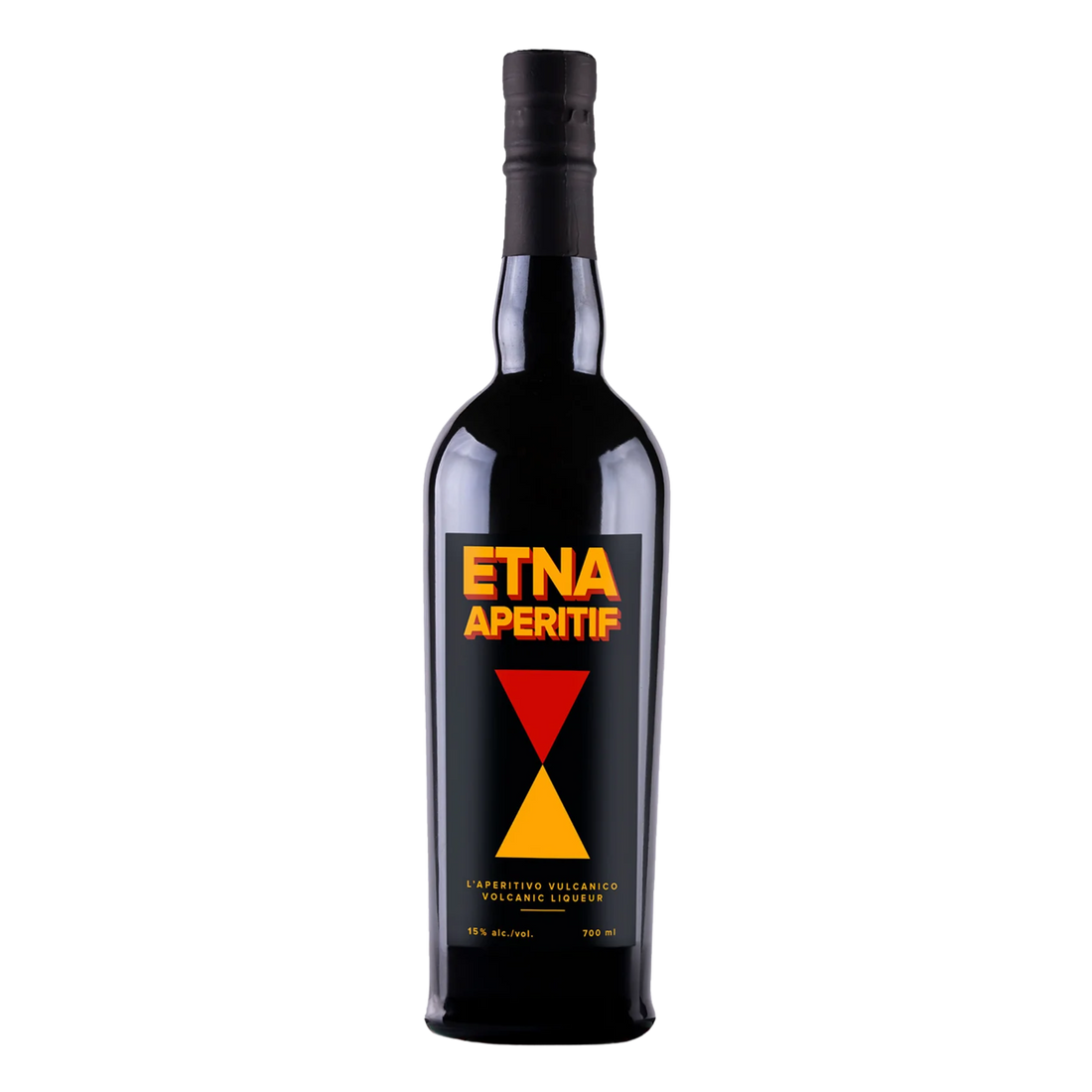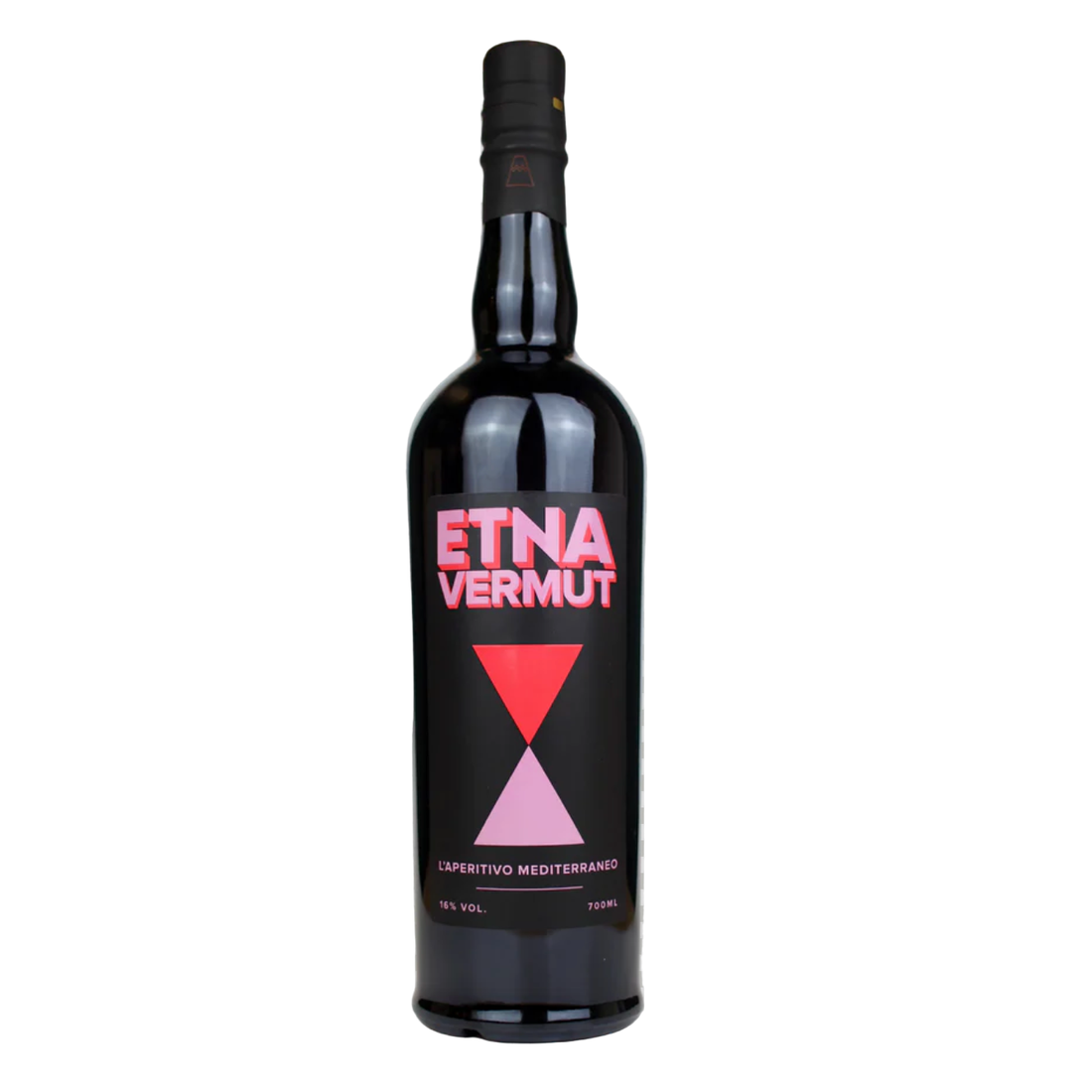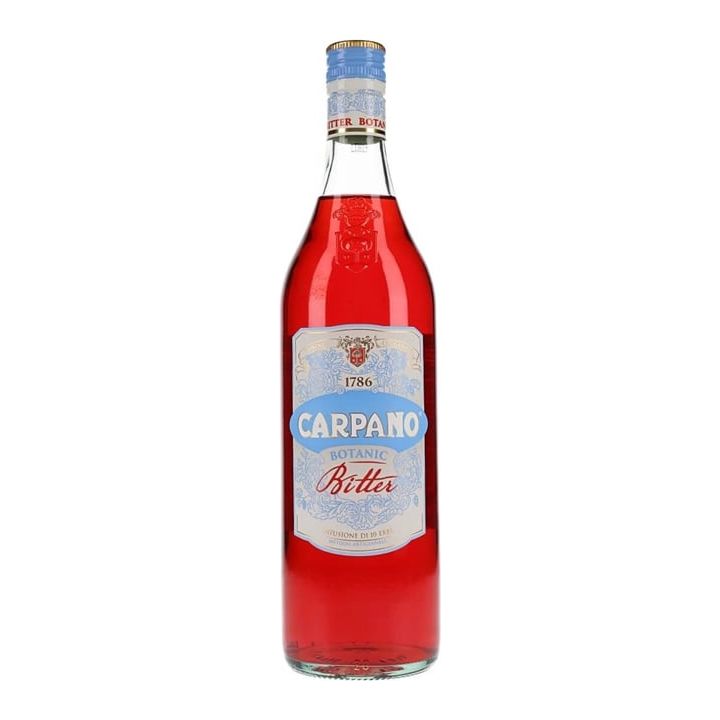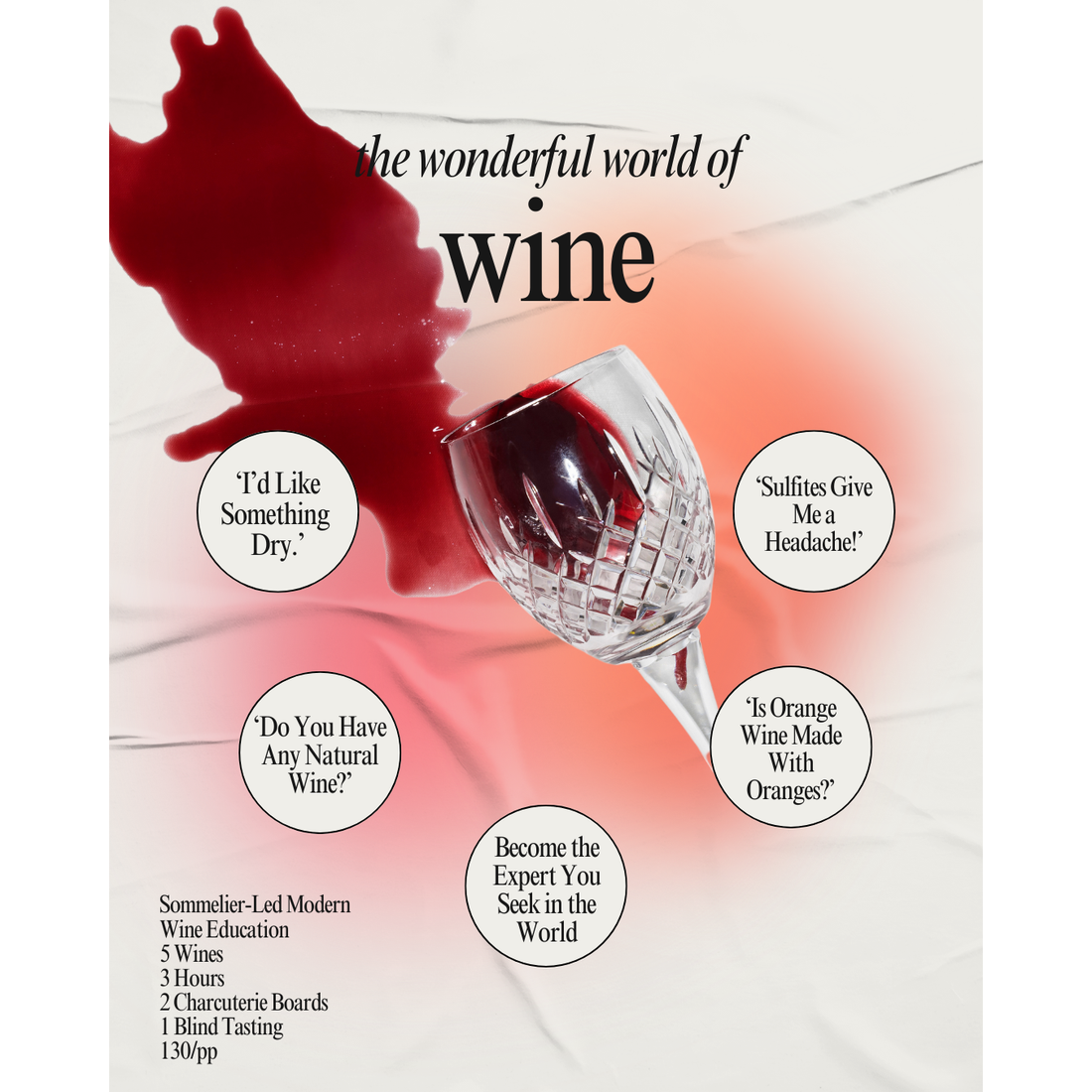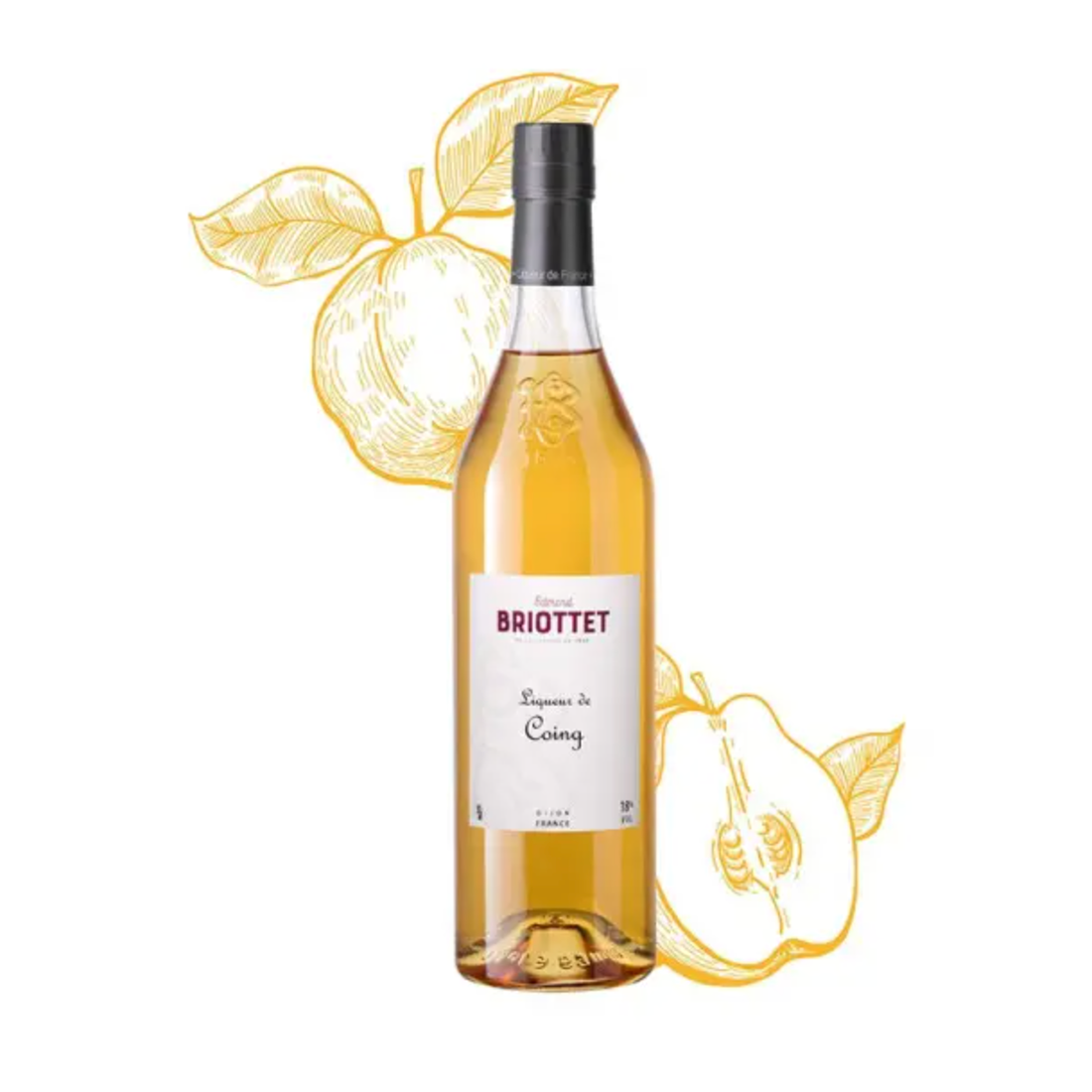

Briottet Liqueur de Coing (Quince)
Details
Briottet quince liqueur is made from fresh quinces harvested in the south of France and created into a sweetened brandy.
Did someone scream cozy European holiday from the back? A staple for fall, Quince is often used to make jams, pies, compotes, and sometimes juice. It's the honeyed crabapple of Western Europe. You can find Quince here in Ontario and in Quebec as well!
The quince, or Cydonia pear, is the fruit of the quince tree. Pear-shaped and large, this very fragrant yellow fruit is covered with fine down when fully ripe. In temperate climate regions, quinces, rich in tannins and with high acidity, should be eaten cooked. They are mainly used to make jellies, jams, pastry, or cakes.
To make our quince liqueur, the fruits, picked towards the end of October, are left to macerate for about six weeks. They are then distilled, and the resulting brandy is aged in a demijohn. Finally, the addition of water and sugar produces a full-bodied liqueur with a powerful aroma, reminiscent of grandmothers' jellies and jams.
With notes of pear, lemon, and a delicate floral scent reminiscent of roses, this liqueur is the perfect ending to a delicious meal. Quince liqueur also pairs well with apple. Simply add it to a juice or serve it as an accompaniment to a tart. On the savoury side, tagine lovers are not left out.
Cocktail with anything that calls for a honeyed ingredient, or play with it in any of your fall favourites.
Briottet Liqueur de Coing (Quince)
Briottet Liqueur de Coing (Quince)
Details
Briottet quince liqueur is made from fresh quinces harvested in the south of France and created into a sweetened brandy.
Did someone scream cozy European holiday from the back? A staple for fall, Quince is often used to make jams, pies, compotes, and sometimes juice. It's the honeyed crabapple of Western Europe. You can find Quince here in Ontario and in Quebec as well!
The quince, or Cydonia pear, is the fruit of the quince tree. Pear-shaped and large, this very fragrant yellow fruit is covered with fine down when fully ripe. In temperate climate regions, quinces, rich in tannins and with high acidity, should be eaten cooked. They are mainly used to make jellies, jams, pastry, or cakes.
To make our quince liqueur, the fruits, picked towards the end of October, are left to macerate for about six weeks. They are then distilled, and the resulting brandy is aged in a demijohn. Finally, the addition of water and sugar produces a full-bodied liqueur with a powerful aroma, reminiscent of grandmothers' jellies and jams.
With notes of pear, lemon, and a delicate floral scent reminiscent of roses, this liqueur is the perfect ending to a delicious meal. Quince liqueur also pairs well with apple. Simply add it to a juice or serve it as an accompaniment to a tart. On the savoury side, tagine lovers are not left out.
Cocktail with anything that calls for a honeyed ingredient, or play with it in any of your fall favourites.

